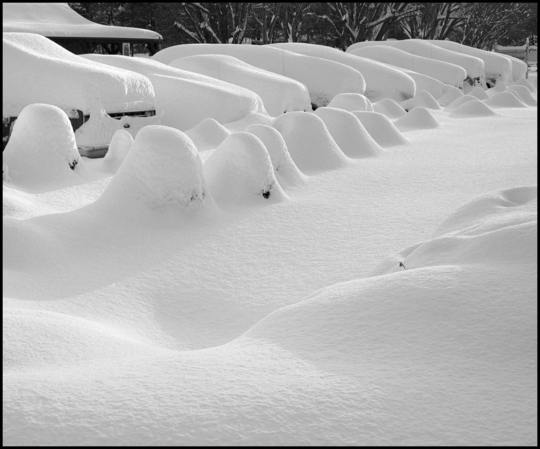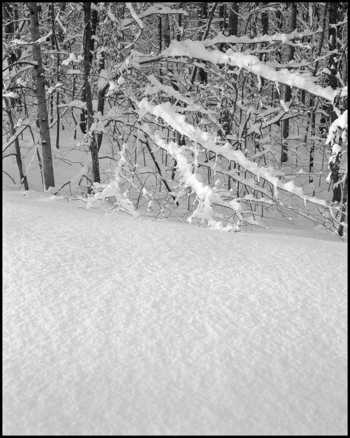 click 'er for bigger
click 'er for bigger
From an unexpected source, I would imagine. This time I'm going to blame Apple, Inc.
If it hadn't been for the new laptop we purchased back in December, I wouldn't have found out about the ease of use of components such as iMovie and Garageband, bundled with the machine and which turn out to be more than merely functional. They are amazingly sophisticated tools that allow for a remarkable amount of user intervention. To the point that iMovie has rekindled the long dormant desire to make "movies," which back when I was still attempting such things we called "films" because they actually used long strands of film as the components in the final product. I gave up on that dream about the time Avid entered the marketplace with their high priced video editing paraphernalia.
Twenty + years later, "non linear editing" software combined with a simple laptop computer have become ubiquitous enough that without looking over my shoulder, I've gotten run over by the "video movement." Which is that everyone wants to make movies. In reality, the software/hardware manufacturers want us to make movies and succumb to our desires to tell stories. Look at the sales literature of the three 800 pound gorillas in the field of NLE software - Apple, Adobe, Avid - and then again at the literature of the dominant hardware lions - Sony, Canon, Nikon - and what they steadfastly insist is the reason for the dispersal of their tools is the need to tell stories.
I say fuck the storytellers, excuse my "French." Many of us are image makers who have refined the ability to tell a story with a single image, or evoke emotions or intellectual curiosity that don't rely upon the repetition of clichéd elements. I won't deny that stories are what captivate us, but as still photographers we've learned to show subtle qualities in a more economical manner than is possible with motion pictures. Movies are incredibly seductive. Given the opportunities, everyone would work on or make them. But the power of the still photograph is still immense. We read and experience them in a different part of the mind and soul. Perhaps it's a place of greater abstraction, one that requires less clarification. But it also empowers the sheer joy of seeing the world - which doesn't require a story or a moving documentary to explain.
Despite this tirade, no doubt I will continue to investigate the hardware/software knockout that has brought incredibly sophisticated motion picture capture tools within the reach of many of us in the comfortable, developed world.
Oh - and BTW, there is a man-made quality to this image: it's ice on a man made pond in a nearby development where we walk nearly every other day.
 Sunday, May 29, 2011 at 12:57PM
Sunday, May 29, 2011 at 12:57PM  KMW |
KMW |  2 Comments |
2 Comments |  John Borden Evans,
John Borden Evans,  Les Yeux du Monde,
Les Yeux du Monde,  painting in
painting in  artists,
artists,  process,
process,  video
video 














